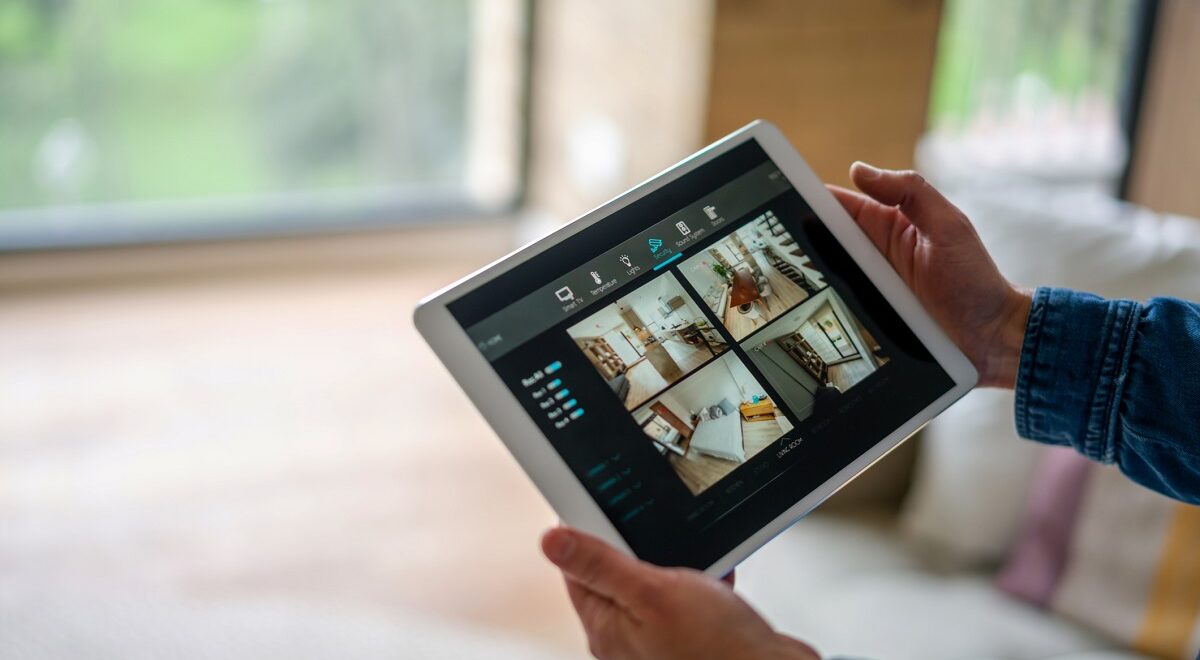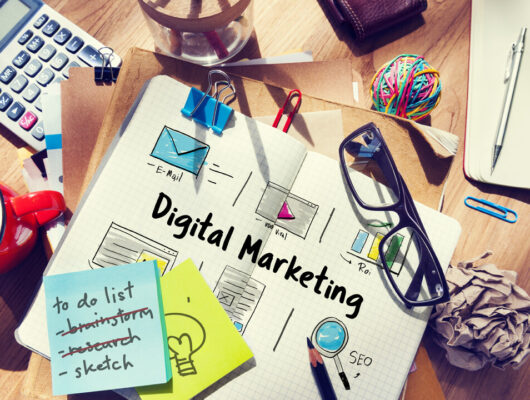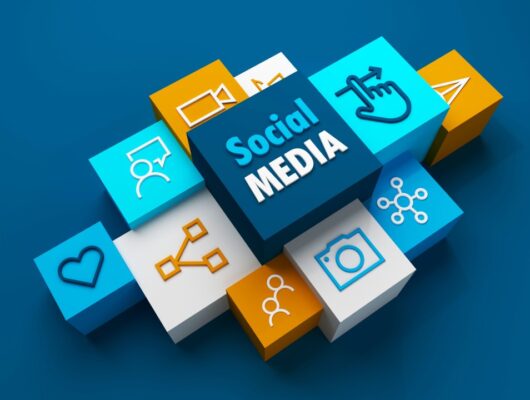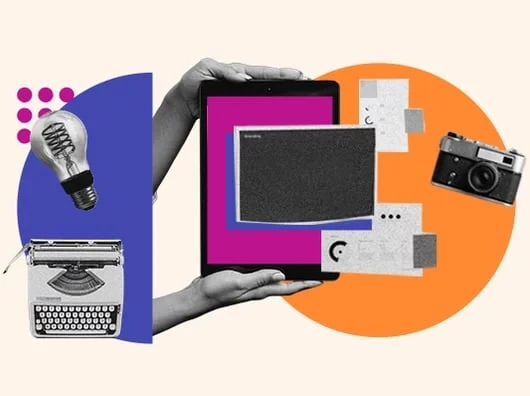In today’s digital age, video content is abundant, and the sheer volume of videos being created and shared daily is staggering.
This explosion of visual content has given rise to a growing need for efficient ways to process and analyze videos, leading to the emergence of a powerful technology known as “video analytics.”
In this article, we will explore the concept of video analytics, its applications, and its potential to revolutionize various industries.
Understanding Video Analytics
Video analytics refers to the process of using artificial intelligence (AI) and machine learning algorithms to analyze and extract meaningful insights from video content.
This technology enables computers to “watch” and interpret videos, making it a valuable tool for a wide range of industries.
It involves various tasks, including object detection, facial recognition, motion tracking, and even sentiment analysis.
Applications of Video Analytics
- Security and Surveillance: Video analytics plays a crucial role in enhancing security and surveillance systems. It can automatically detect suspicious activities, recognize faces, and even identify license plates. This technology helps security personnel respond quickly to potential threats and prevents criminal activities.
- Retail: In the retail industry, video analytics can be used to understand customer behavior and optimize store layouts. By tracking customer movements, retailers can gain insights into shopping patterns, helping them improve product placement and enhance the shopping experience.
- Smart Cities: Video analytics is an integral part of building smart cities. Traffic management, pedestrian monitoring, and public safety benefit from this technology. It can help reduce traffic congestion, monitor public spaces, and respond to emergencies more efficiently.
- Healthcare: Video analytics is utilized in healthcare for patient monitoring, especially in intensive care units. It can detect changes in a patient’s condition and alert medical staff promptly, potentially saving lives.
- Manufacturing: In manufacturing, video analytics can be used for quality control and process optimization. It can identify defects in real-time and assist in predictive maintenance, reducing downtime and improving efficiency.
Challenges and Future Developments
While video analytics has made significant advancements, there are still challenges to overcome.
Privacy concerns, data security, and the need for robust algorithms are among the key issues. Additionally, the ever-increasing volume of video data requires scalable solutions.
The future of video analytics looks promising. As AI and machine learning continue to evolve, video analytics systems will become more accurate, efficient, and versatile.
The integration of video analytics with other technologies such as IoT (Internet of Things) and edge computing will further expand its applications and capabilities.
Conclusion
Video analytics is a transformative technology that is reshaping the way we analyze and make use of video content.
Its applications span across various sectors, from security to retail and healthcare, and its potential to enhance efficiency, safety, and decision-making is immense.
As this field continues to evolve, businesses and organizations will increasingly rely on video analytics to unlock valuable insights from the vast ocean of video data, ultimately improving their operations and services.






